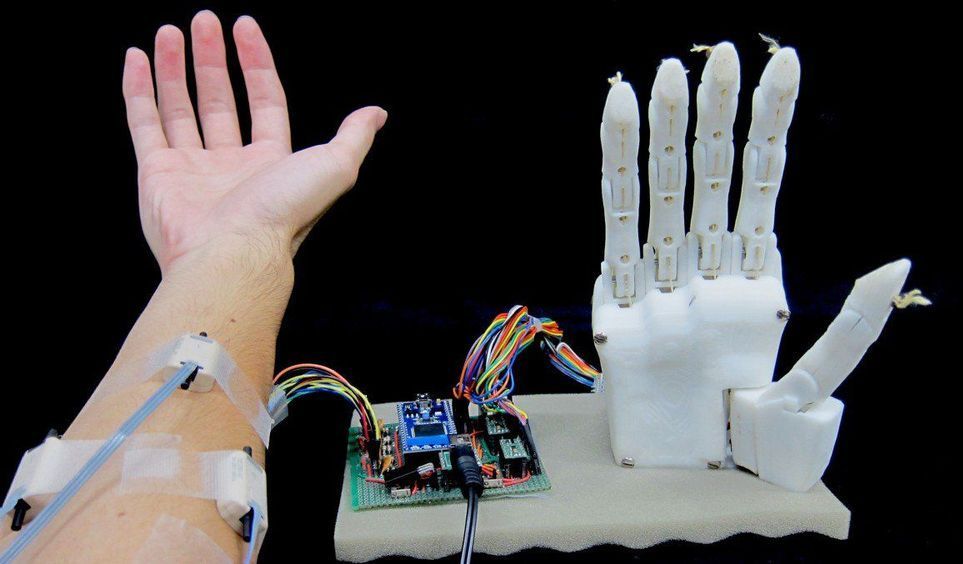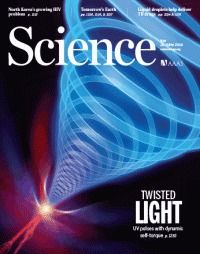Jun 28, 2019
Severely Disabled People Mind-Control a Robotic Arm via EEG
Posted by Genevieve Klien in categories: biotech/medical, robotics/AI
Scientific collaborators from Carnegie Mellon University and University of Minnesota have created a way for people to control a robotic arm using a non-invasive brain-computer interface (BCI). Previously, electrode array implants in the brain have been necessary to give severely disabled people the ability to manipulate an external robot. That is because implants can gather more actionable signal information by being placed right on the surface of the brain. Avoiding dangerously invasive brain surgery to place these implants, though, is a big goal in the field of brain-computer interfaces.
The Carnegie Mellon team turned to newly developed sensing and machine learning methods to accurately read signals coming from deep within the brain, relying only on an external electroencephalography cap for signal gathering. The system can quickly improve both its performance and that of the person using it, to achieve drastically better results than previous solutions. Volunteers using the technology were put through a pursuit task and a training regimen to improve their engagement, while the system was performing an analysis of their brain signals.
Continue reading “Severely Disabled People Mind-Control a Robotic Arm via EEG” »





 Magnetic actuation of keyboards can have almost an infinite number of keystrokes.
Magnetic actuation of keyboards can have almost an infinite number of keystrokes.











